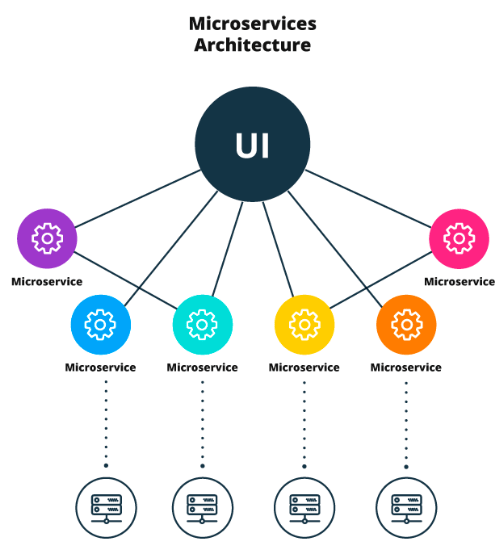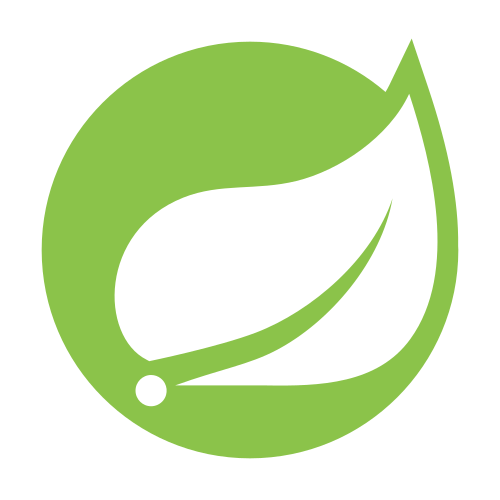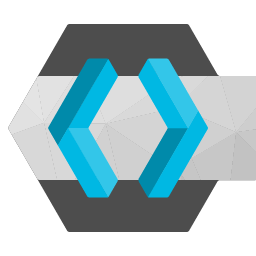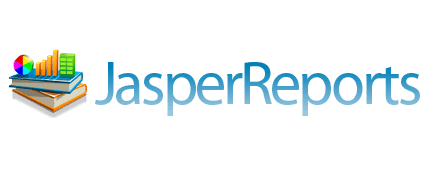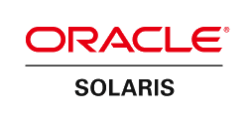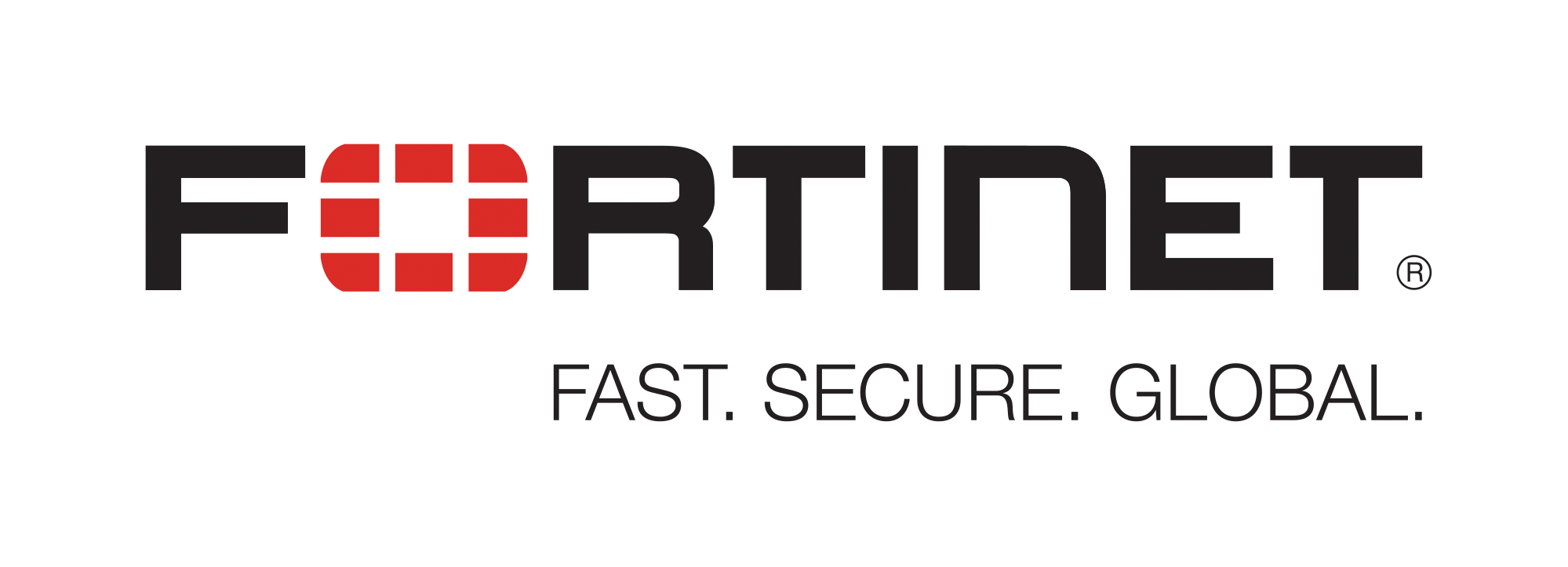Our Technology Stack
The MNS software factory has adopted leading and industry grade open-source platforms for building and deploying integrated digital experiences for mission critical applications.
By using open-source software models, we bring much more cost effective solutions whilst at the same time encouraging our developers to be as creative and innovative as possible. The objective is for our customers to benefit from the best possible experience when using our systems.
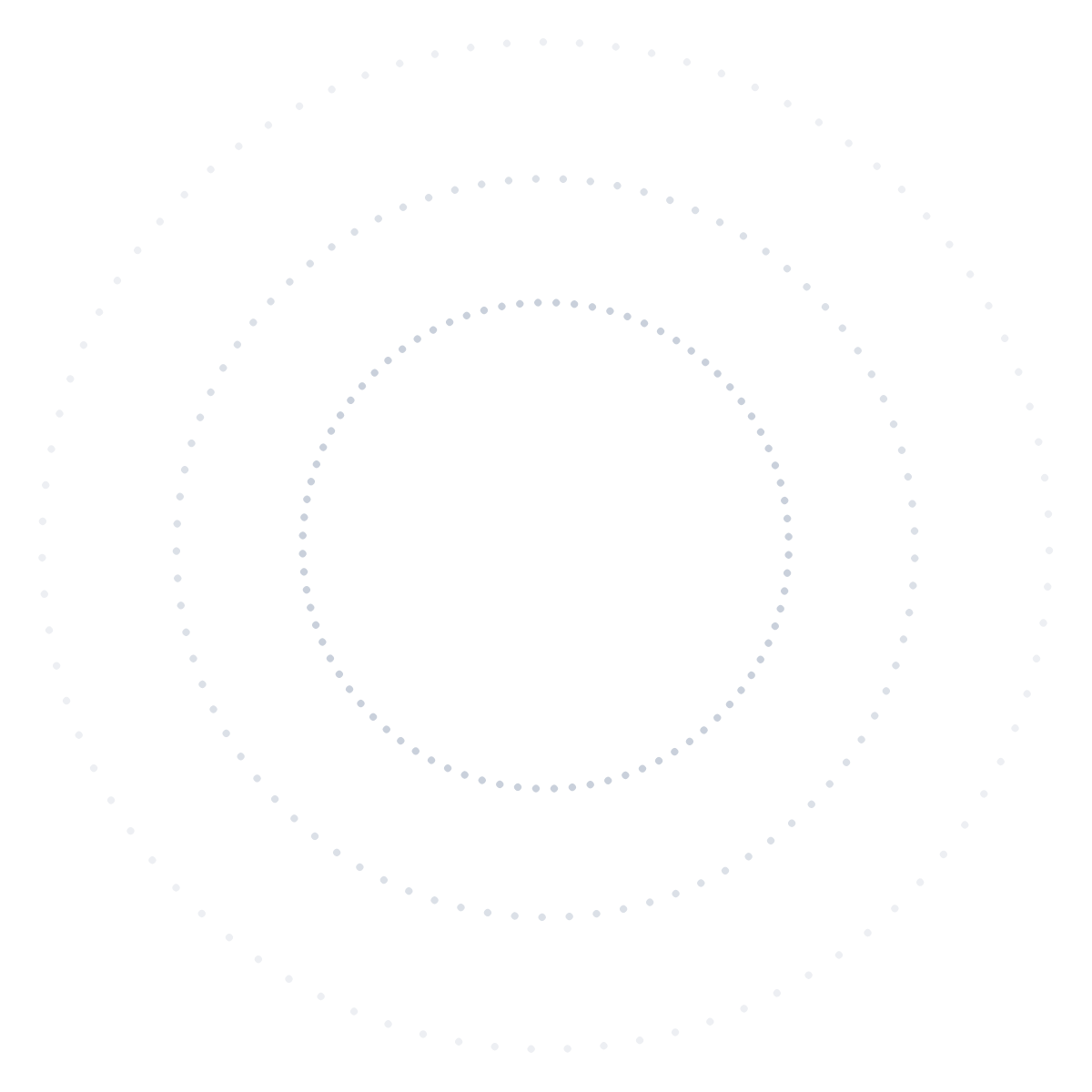




Microservice Architecture
The proposed architecture structures the application as a set of loosely coupled, collaborating services.
Angular for Web Application Development
Powered by Google, Angular is a development platform for building scalable web applications
Spring Boot for Web Application Development
Spring boot is a tool that allows our software factory to perform backend and micro-service development
CAMUNDA Workflow Management
It allows us to define processes simultaneously in graphical and textual representation of an executable workflow.
Keycloak for Identity and Access Management
Built on top of the OAuth 2.0, Open ID Connect, JSON Web Token (JWT) and SAML 2.0 specifications, Keycloak is an integrated SSO and IDM for browser apps and RESTful web services.
NUXEO for Document Management
It allows supporting documents to work in harmony with our solutions where by users require to upload supporting documents in submission process
JasperReports for Reports and Analytics
It provides information on a real-time or scheduled basis to the browser, mobile device, or email inbox to a variety of file formats. It is optimized to share, secure and centrally manage reports and analytic views.
Docker for Application Deployment
The Docker container allows us to package its software into standardized units for development and deployment and make them run quickly and reliably from one computing environment to another
Kubernetes for Application Deployment & Management
Kubernetes is open source and gives us the freedom to take advantage of on-premises, hybrid or public cloud infrastructure. MNS is currently using this technology to deploy its applications
Oralce Linux for Operating System environment
Oracle Linux 8.4 is a completely free to use Operating system. It is a highly performant and secure operating environment and delivers virtualization, management, automation and cloud native computing tools.
Hyperconverged Infrastructure (HCI) for hardware architecture
HCI is the improvement over traditional hosting that simplifies the management of complex hardware resources...
Database Connectivity
Databases currently being used by MNS Software Factory include:
- Oracle database
- MySQL
- MongoDB
Fortinet for Threat Protection
MNS uses FortiGates as network security appliances, as it provides one platform for end-to-end security across our entire network

Our chosen technology stack
By using open-source software models, we bring much more cost effective solutions whilst at the same time encouraging our developers to be as creative and innovative as possible. The objective is for our customers to benefit from the best possible experience when using our systems.Trending
Microservice architecture
The problem of developing large and complex systems, has been tackled by decomposing our applications into a set of manageable services which are much faster to develop and much easier to understand and maintain.
With micro-services it allows us to develop mobile and web applications without having direct access to back-end services, but instead mediate the communication via a API Gateway.
The loose coupling between runtime components provided by this architecture allow for easy integration in our in-house developed systems which use different (and sometimes older) technology. Additionally, it also allows us to adapt our new software solutions to changing patterns for developing applications.
At a Glance
Trending
Angular for Web Application Development
Powered by Google, Angular is a development platform for building scalable web applications. It also has a collection of well-integrated libraries that cover a wide variety of features, including routing, forms management, client server communication and more.
Using the Angular Framework, MNS has further developed its own component library that combine speed, re-usability, ease of low-code development within a comprehensive set of enterprise backend services and integration capabilities.
Using the Angular Framework, MNS has further developed its own component library that combine speed, re-usability, ease of low-code development within a comprehensive set of enterprise backend services and integration capabilities.
Our recently deployed Angular projects includes:
A must have
Spring Boot for Backend Development
Spring boot is a tool that allows our software factory to perform backend and micro-service development. The Spring framework enhances our development tasks and allows us to setup applications with minimal configuration and setup.
The Spring framework offers us a dependency injection feature that lets objects define their own dependencies that the Spring container later injects into them. This enables our developers to create modular applications consisting of loosely coupled components that are ideal for micro-services and distributed network applications.
The advantages that Spring Boot offers us:
Improvement
CAMUNDA for Workflow Management
To include more low-code development features in our development framework, MNS has adopted CAMUNDA for its workflow services. This allows us to define processes simultaneously in graphical and textual representation of an executable workflow.
CAMUNDA excels at long running operations and has focus on reliability and observability. The supporting tools that allow querying running processes both graphically and/or via REST APIs.
Secure
Keycloak for Identity and Access Management
MNS has been operating multiple systems for Trade, Business Registration and Tax Filing in Mauritius and in Africa. These were developed on different technologies over different time lapse and had their own approach to user management.
To standardize the authentication and authorization in our applications, we have started implementing Keycloak as our identity & access management tool firstly in all of our latest applications and gradually integrating it with our legacy applications.
Success Story in past development
MNS has successfully adapted Keycloak to the Access Control Standards as per the IT Security Unit guidelines set by the Government Online Centre (GOC).
Must have
NUXEO for Document Management
The NUXEO platform allows supporting documents to work in harmony with our solutions whereby users require to upload supporting documents during submission process.
With NUXEO, we are able to securely store, manage and distribute documents electronically to different stakeholders for compliance and filing purpose.
NUXEO provide us powerful integrations with its REST API, which are easy to develop custom integration and connections with numerous third party applications to boot efficiency, all from a single interface. NUXEO seamless integration with Elastic search is one of its notable connections.
Success Story in past development
MNS has successfully adapted Nuxeo to in multiple projects like SPS and MCCI as per the IT Security Unit guidelines set by the Government Online Centre (GOC).
Must have
JasperReports for Reports and Analytics
Our choice for Jasper Reporting tool stands on its strong reporting and analytics components that can be embedded into a web or mobile application as well as operate as a central information hub.
Jasper Reports provides information on a real-time or scheduled basis to the browser, mobile device, or email inbox to a variety of file formats. It is optimized to share, secure and centrally manage reports and analytic views.
Must have
Docker for packaging our software for development and deployment
The Docker container engine allows MNS to package its software into standardized units for development and deployment and make them run quickly and reliably from one computing environment to another.
The Docker container image is a lightweight, standalone, executable package of software that includes everything needed to run our application viz. code, runtime, system tools, system libraries and settings.
We are using Docker on Linux Operating System, but at the same time it allows our containerized software to run uniformly regardless of the infrastructure.
Success Story in past development
MNS proudly stands among the few organizations in Mauritius that uses Docker on the Government Online Centre (GOC) environment.
Must have
Kubernetes for deployment and management of containerized applications
MNS has started implementing Kubernetes for automating deployment, scaling and management of its containerized applications. Kubernetes has been designed on the same principles that allows Google to run billions of containers.
Success Story in past development
MNS is currently using this technology to deploy applications on our own data center as well as the one for the Mauritius Revenue Authority.
Must have
Oracle Linux & Oracle Solaris as our preferred Operating environment
MNS has recently moved all is application deployed on CentOS to Oracle Linux as CentOS has come to an end-of-life.
The reason of moving to Oracle Linux is primarily because it is a better and less expensive option and the migration script currently supports switching from CentOS to Linux versions. Oracle Linux also supports Kubernetes, Virtualization, high availability and clustering features.
MNS also has a rich 15+ years of experience in Oracle Solaris deployment on SPARC and x86 hardware for mission-critical databases and applications. Oracle Solaris, is the industry’s most widely deployed UNIX operating system, with built-in virtualization, simplified software lifecycle management, cloud scale data management and advanced protection for public, private and hybrid cloud environments. Engineered together with Oracle Database, middleware, applications and, Oracle Solaris 11 delivers unique features to increase performance, streamline management and automate support for Oracle deployments.
Experience counts:
MNS has 15+ years of experience in Oracle Solaris and migration to Oracle Linux from CentOS was done smoothly, thanks to our strong know-how.
Improvement
Hyperconverged Infrastructure (HCI)
The most reliable and redundant hardware architecture
HCI is an improvement over traditional hosting that simplifies the management of complex hardware resources. It is a software-defined, unified system that converges server-pools (compute nodes), storage resources & networking into a single platform. On this platform, Virtual Machines (VMs) are provisioned & deprovisioned on a need basis with a few mouse-clicks.
The flexibility of hyperconvergence makes HCI the ideal solution to address deficiencies in our threeN-tier architecture. Hyperconvergence provides us the functionality to group several of our physical servers into one or more logical units on which parallel VMs are created.
Success Story in past development
Several of our LIVE applications have been migrated on HCI.
Must have
Database connections
MNS hosts a variety of applications that produce information at every touch point and each of these applications require a database to sort out and store fundamental data.
Oracle remains our main database to store and maintain our data and it has been chosen for its scalability and security, with high performance availability compared to other databases.
With the ascent of Microservices, Cloud distributed apps and open source technology where systems run business rules via webservices, it is also important that our systems connect to heterogeneous and disconnected environments to access stored procedures, data and metadata.
Success Story in past development
The info-highway is an example of an electronic service platform that MNS uses for data sharing amongst Government Agencies.
Must have
Fortinet for Threat Protection
MNS uses FortiGates as network security appliances, as it provides one platform for end-to-end security across our entire network. FortiGate next gen firewalls are optimized for internal segmentation, perimeter, cloud, data center, distributed, and small business deployments. Simplify MNS security posture with one security solution across our physical, virtual, and cloud deployments.
FortiGate NGFWs deliver industry-leading enterprise security for any edge at any scale with full visibility and threat protection. Organizations can weave security deep into the hybrid IT architecture and build security-driven networks.
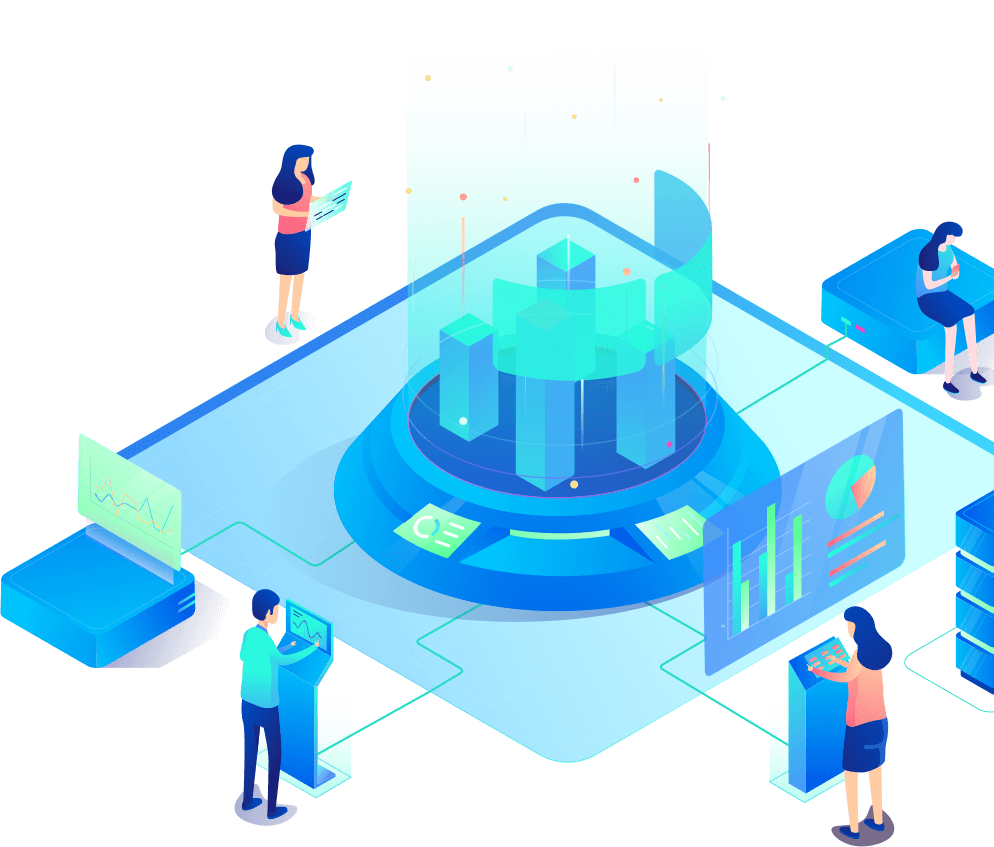
Our project methodologies
We have adopted an Agile Development Approach in any project developmentWinner
Agile Development Approach
The waterfall development model was the first process model adopted by MNS to deliver Government Projects. It was very simple to understand and illustrate the software development process in a linear sequential flow. This means that any phase in the development process begins only if the previous phase is complete and phases do not overlap. However, the need for an alternative approach became necessity, with recurring changes in the Finance Act, where-by yearly alternations and modifications to existing applications have to be completed in a prescribed time. Additionally, the success of new projects is largely dependent of the cost and time factors. As a result, the waterfall model could no more meet the demand of MNS.
With Agile methodology, the whole system is broken into smaller more manageable chunks, which are then further defined, developed, tested and fine-tuned until delivery to the customer. This methodology has proved to speed up our development process while encouraging higher degree of collaboration between our client and MNS project teams. While delivering the software iteratively, and more frequently, there are lessons learnt and improvement to the processes, thus new processes are implemented faster thanks to the previous lessons.
The major benefits of the Agile methodology are:

We collaborate closely with our clients at all phases of development to deliver the best solution.
Requirements are not only captured during the requirements study stage; it is also constantly being validated and followed up during subsequent stages of the project through our innovative use of JIRA Project Management software.
We are dedicated towards delivering projects that exceed the expectations of our customers using proven project delivery methodology that is built from several established methodologies.
